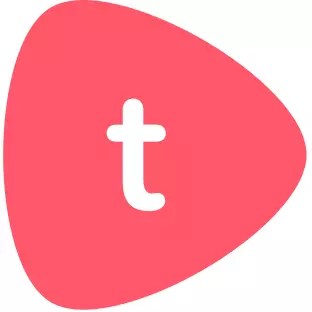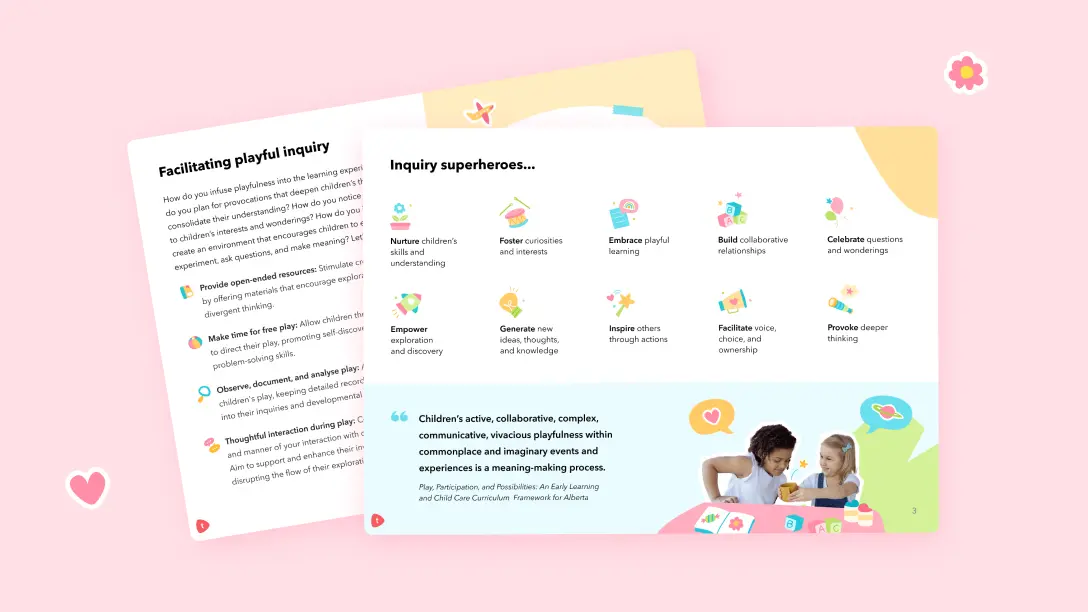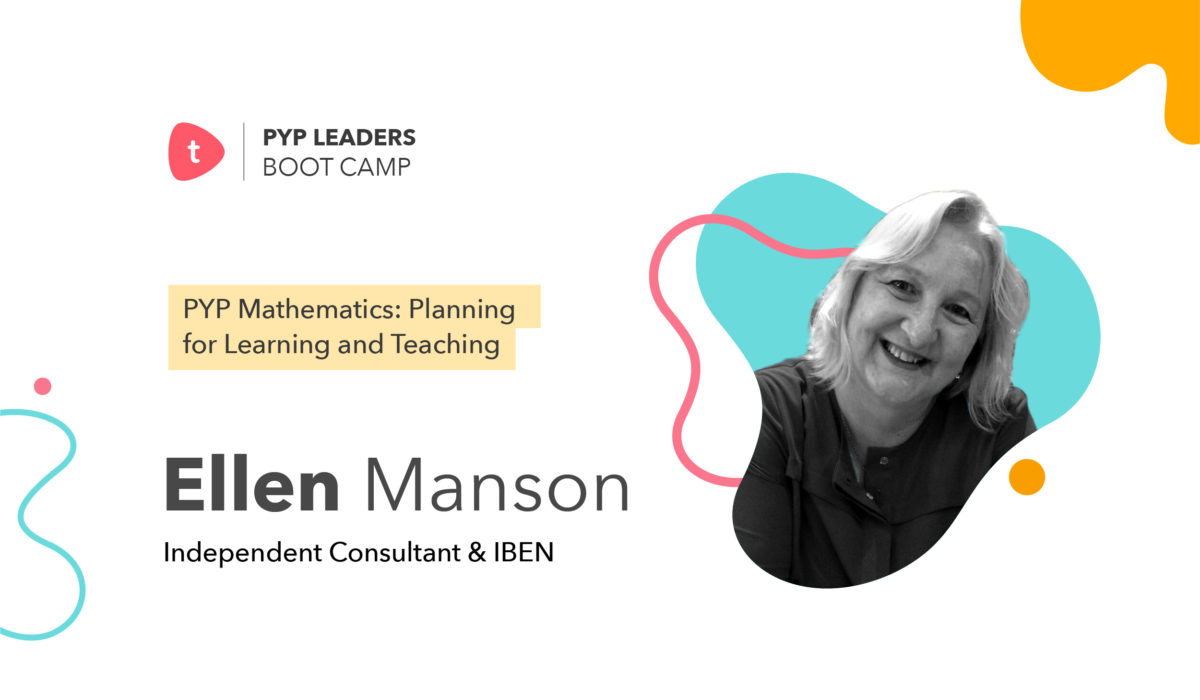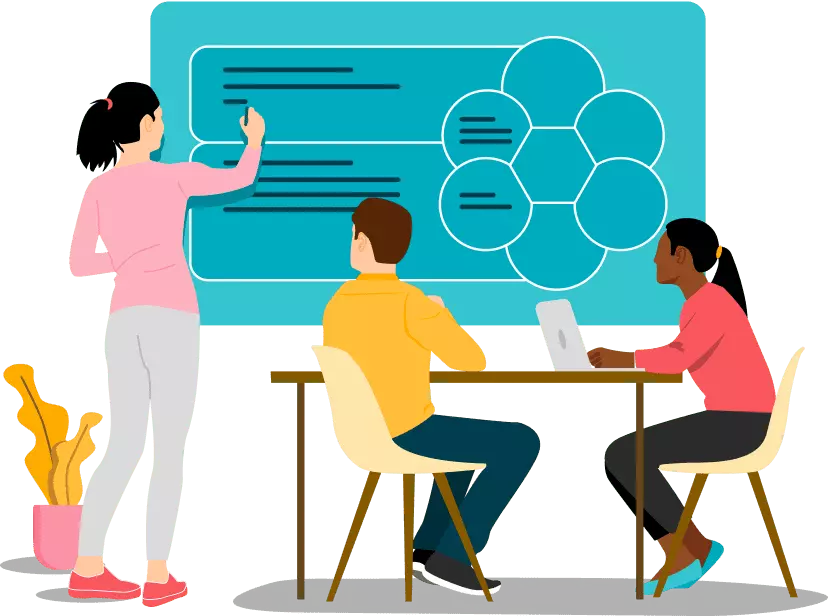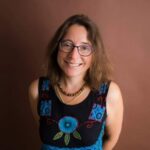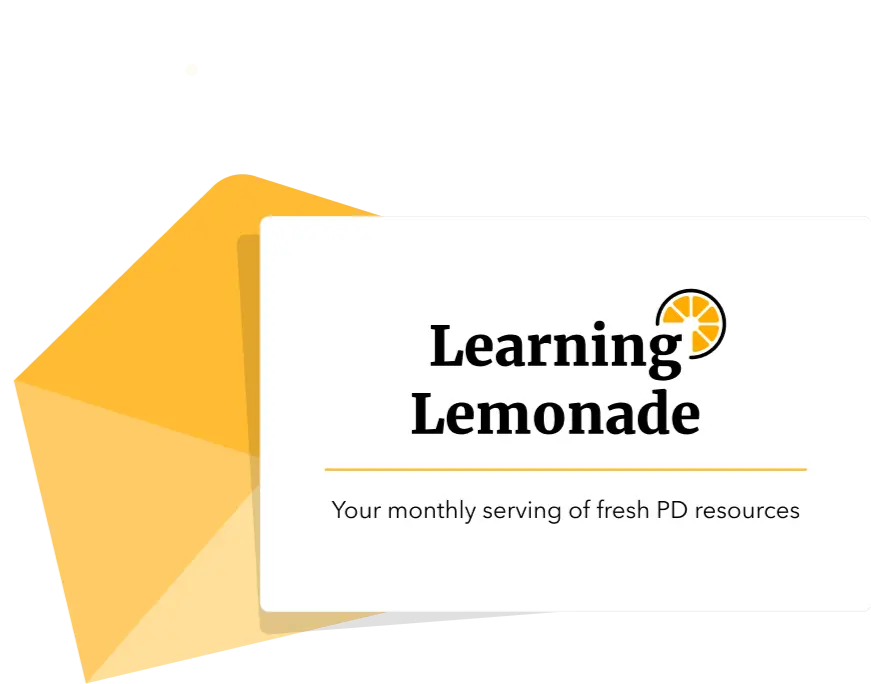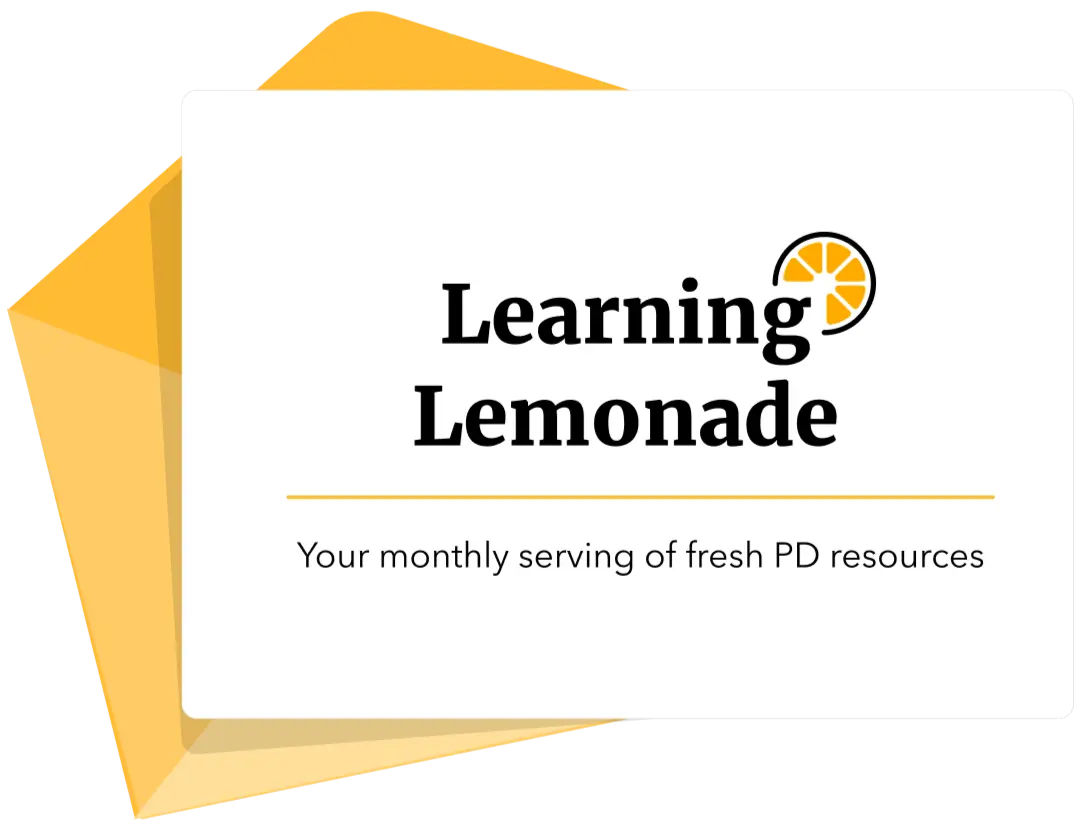Dance as a Truly Transdisciplinary Experience
As a non-dancer, when I first started teaching Performing Arts in the PYP, the thought of integrating dance into my teaching was terrifying! Imagining myself teaching choreographed dances would give me sleepless nights. However, as I delved into the Arts Scope and Sequence, I realised that my job wasn’t to teach a series of dance moves. Instead, it was to equip students with a movement vocabulary through which they could express themselves. It was to support students in developing an understanding of culture and identity, focusing on student agency, and getting them to be confident, creative, and responsive human beings.
I rarely teach stand-alone Performing Arts units. My lesson planning is driven by the transdisciplinary programme of inquiry and the students’ individual and collective agency. Dance connects to music and PSPE; however, it also connects to language, maths, science and humanities. Like all of the Arts in the PYP, dance is considered to have two strains: Create and Respond. I keep those words in the forefront of my mind as I develop lesson plans with my students and keep making connections to the concepts they are studying in their unit of inquiry.
With playful inquiry and exploration at its heart, I created the Dance Collection on Toddle Community, to showcase learning experiences that can be facilitated by teachers who do not necessarily consider themselves to be dancers. Similarly, they have been designed for students who are still developing body confidence or who have been told they ‘can’t dance’ or ‘shouldn’t dance.’
Dance as a Transdisciplinary, Concept Driven Subject
Whilst we can often make connections to transdisciplinary units of inquiry through topics, when we start to make these connections from a concept-driven perspective, our students gain a deeper understanding of the interconnectedness of their learning.
The learning experience March Past of the Kitchen Utensils has strong transdisciplinary links to maths through the concepts of form and pattern. You can use this learning experience when your youngest inquirers are exploring ABA patterns.
In the lower primary, you can strike strong transdisciplinary connections to rhythm, pattern and form, as well as more obvious connections to inquiry into the biosphere, environmental change and habitats with learning experiences like Exploring Habitats Through Movement And Dance.
If your upper primary students are studying the key concepts of change and timelines or the related concepts of materials in fashion, you can consider connecting to those units through learning experiences like How Dance And Fashion Change Over Place And Time.
The creativity that comes with transdisciplinary learning – how you can connect to the units whilst maintaining integrity in the subject area, can be one of the biggest joys of teaching in an IB school. It sure is for me!
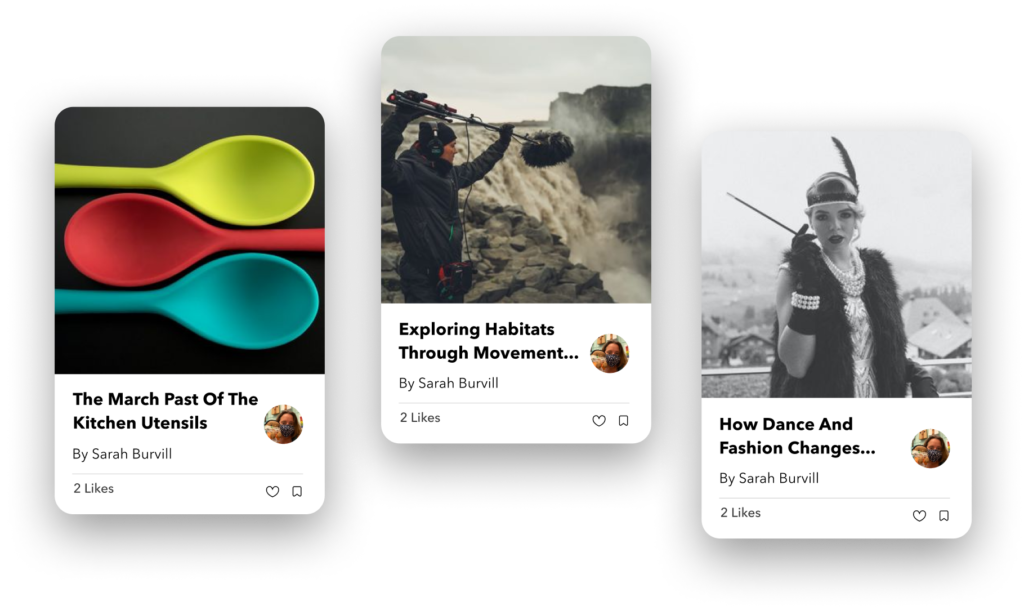
Student Agency and Dance
Central to inquiry learning in the PYP is student agency. Students who have agency in their learning are motivated and experience greater levels of intrinsic reward. They work because they want to, not because of an external reward or punishment system.
In the Performing Arts, this can be through students creating their own learning experiences, through providing opportunities for students to develop and extend on the learning experiences to provoke their learning. For example, in the learning experience, Creating A Language Of Choreography, student agency is promoted at every step. Students are encouraged to be owners of their own learning with question prompts like:
- Which song will you move to?
- How will you move?
- How will you record your movement so someone else can learn your choreography?
For a student who isn’t used to being given agency in their learning, this would be too much to start with and need greater scaffolding. You can’t ask students to think outside the box until they know what the box is like! So always allow students to guide their learning, but recognise where they are at, and adapt your lessons accordingly. For students who are comfortable with planning their own learning, I am often humbled into totally changing my planned learning experiences and rewriting them with the students or facilitating students to rewrite them myself. Teaching is a great balancing act of what I think my students should learn, what the state standards think the students should learn, and what the students want to learn.
of Learning Experiences
on Toddle Community!
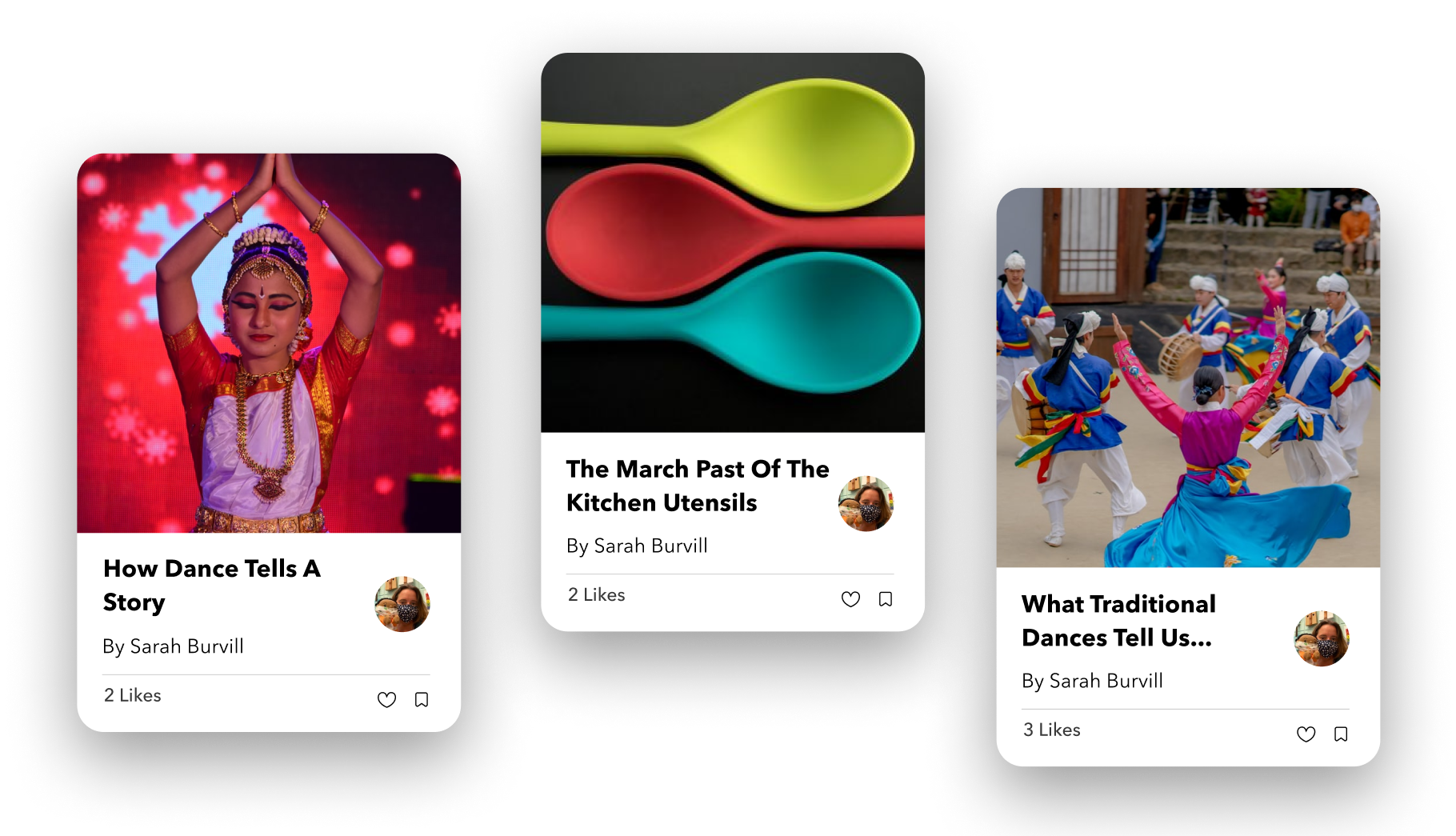
Decolonising the Dance Curriculum
Two huge forces changed teaching dance in 2020. One was the need to teach virtually or at a distance (most of my lesson plans are easily adaptable for both of these scenarios). The other was by the realisation that, as teachers, we have a huge role to play in dismantling the culture of white supremacy.
That doesn’t mean we need not teach dance from White, Western cultures. It means that when we do, we should acknowledge that they are White and Western. It means that before we teach dance from a culture that isn’t our own, we should ask ourselves these questions :
- Can I find an authentic teacher who inherited this dance from their own culture and can teach my students virtually or in-person to make the experience more meaningful and authentic?
- If not, do I have the right to explore this dance with my students?
- When, where, why and how is this dance taught, and by whom?
- When, where, why and how is this dance performed and by whom?
When you feel confident that you understand the cultural importance of the dance, you’re ready to spend time with your students inquiring into those questions. The learning experience, What Traditional Dances Tell Us About A Society, is an example of how we can create a learning experience out of the act of decolonisation. It encourages students to dive deep into the meaning and context of the dance, take control of their learning, and take control of their curriculum.
Conclusion
By balancing the collaborative elements of transdisciplinary learning with student agency and welcoming the input of diverse cultures, dance can become an essential part of the teaching curriculum. From physics to social studies, there are countless ways to connect!


